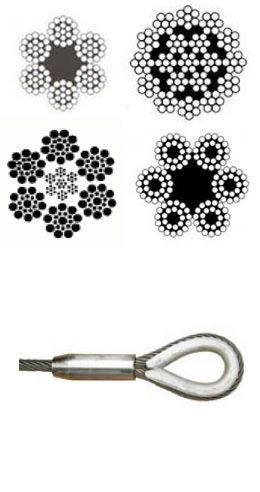Polyester and nylon slings will break down in time, and so it is vitally important to inspect all slings for defects or problems visually. Operating with inferior nylon slings can cause severe damage to employees, materials, and properties. There are several reasons why slings break, and the most common problems include:

Corrosion from acid or caustic attacks: When inspecting slings, if you notice a discoloration of fabric or parts that appear rotten, that cause can be from acid or caustic attacks.
Overheating: melting and charring are possible outcomes for slings that overheat. Look for blackened areas that are hard. It will look like melted plastic.
Severe Abrasions: If the nylon is being continually dragged across a surface, it will begin to fray and tear.
Knots: Seeing a knot is an automatic sign that the sling cannot be used. Just one knot can reduce the capacity of the sling up to 50% (in the area of the knot).
Worn or broken stitching: Wears and breaks are only dangerous when they are load bearing stitches.
Being aware of the types of problems you can encounter will keep you more vigilant. Safety is the first rule in material handling. You can trust our rigging supplies and wire rope. We also specialize in crane wire rope. Call us today for more information.
Related Reading: